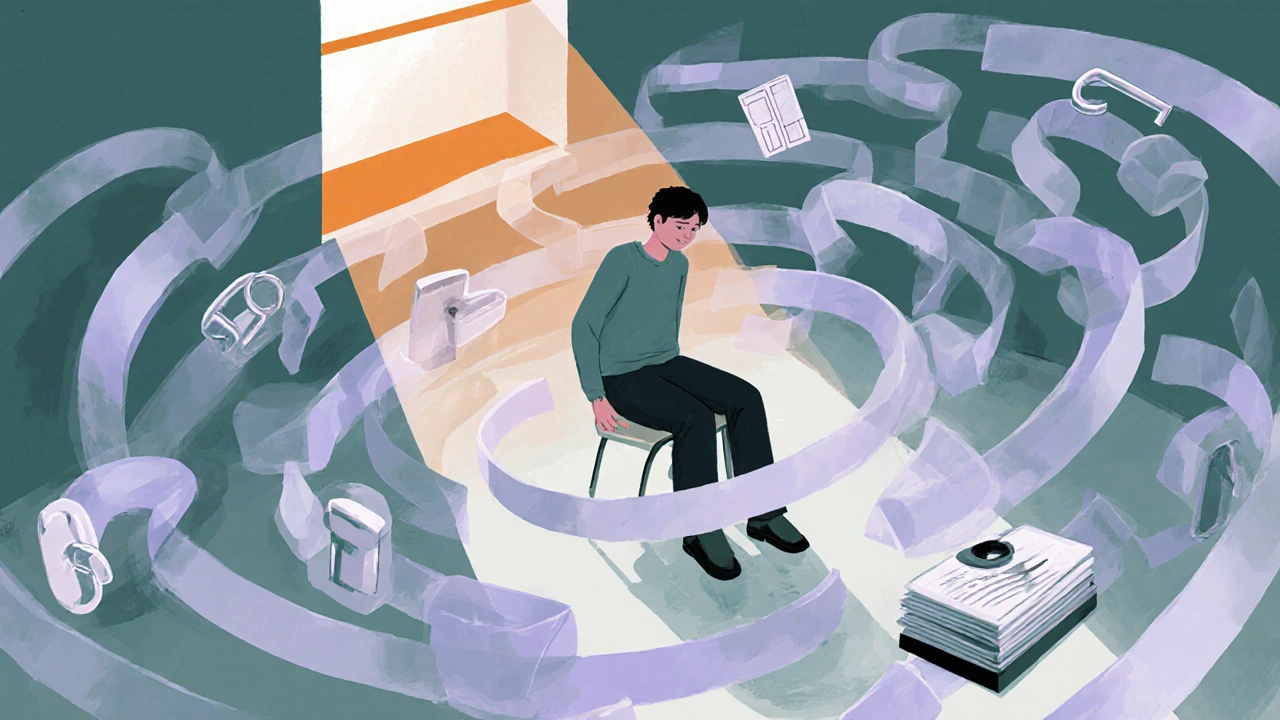Cognitive Behavioral Therapy: What It Is and Why It Matters
When working with Cognitive Behavioral Therapy, a short‑term, goal‑oriented psychotherapy that focuses on changing unhelpful thoughts and behaviors. Also known as CBT, it blends cognitive restructuring with behavioral experiments to help people handle everyday challenges. Depression, a mood disorder marked by persistent sadness and loss of interest and Anxiety, excessive worry that interferes with daily life are two of the most common conditions CBT targets.
CBT encompasses three core ideas: cognitive restructuring (identifying and challenging distorted thoughts), behavioral activation (re‑engaging with rewarding activities), and skill training (learning coping strategies). The method requires active participation from the client, often in the form of homework assignments that reinforce session work. This active role is what makes CBT different from more passive talk therapies. Because it’s structured, therapists can track progress with simple rating scales, and clients can see measurable improvement in mood and anxiety levels.
How CBT Connects to Everyday Mental Health Topics
Beyond depression and anxiety, CBT influences a wide range of mental health issues. For instance, it’s proven effective for phobias, where exposure exercises gradually desensitize fear responses. In stress management, CBT provides tools like thought‑record sheets that help people reframe stressful situations. Mindfulness techniques are often blended with CBT, creating a hybrid approach that strengthens present‑moment awareness while still targeting distorted thinking patterns. These connections show that CBT is not a stand‑alone cure but a versatile framework that integrates with other therapeutic concepts.
Practically speaking, you can start using CBT principles right now. Begin by recording a troubling thought, ask yourself: “Is this thought 100% true?” then look for evidence that supports and contradicts it. Follow up with a small, doable action that contradicts the negative belief—like taking a short walk if you feel “I can’t get out of the house.” Over time, these tiny experiments reshape how your brain interprets situations, reducing the intensity of depressive or anxious feelings.
The articles below dive deeper into specific applications of CBT, from treating insomnia with sleep‑restriction techniques to using cognitive restructuring for chronic pain. Whether you’re a beginner curious about the basics or a seasoned reader looking for advanced skill‑building tips, the collection offers a range of insights you can put into practice today. Let’s explore how these resources can help you apply CBT in real‑world scenarios.

Explore proven OCD treatment options, from CBT with ERP to medication, augmentation, and neuromodulation, with clear guidance on choosing the right plan.
Read More